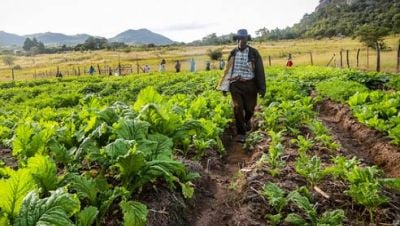Bangladesh Rural Sanitation Supply Chain and Employment Impact

Download Report by Language
Document
practicalactionconsultinga.pdf
(111.52 KB)
Citation
Practical Action Consulting. 2006. Bangladesh Rural Sanitation Supply Chain and Employment Impact. New York.
Bangladesh Rural Sanitation Supply Chain and Employment Impact
Posted on: January 01, 2006
The Government of Bangladesh has laid down ambitious plans to achieve nationwide coverage of sanitation by 2010, well ahead of the time scale of the sanitation target of the Millennium Development Goals (namely to reduce by half the number of people without access to adequate sanitation by the year 2015). Recent estimates of sanitation coverage in Bangladesh are 39% for the rural and 75% for urban populations. This implies accelerating the rate of progress from the present 1% to 8% each year. Until recently there has been relatively little work on the costs and benefits of sanitation; these are often quantified in terms of benefits to health and in time savings. For example it is estimated that in Bangladesh over US$80 million (Taka 500 Crores) is spent on medicines, doctors fees and travel costs in relation to illness that can be associated with poor sanitation. What is rarely, if ever, mentioned are the potential wider benefits to the economy, particularly in relation to the employment that can be generated for small scale entrepreneurs. These typically include builders and masons, and suppliers of building materials. This paper focuses on the Total Sanitation Campaign (TSC) that has been in operation in rural Bangladesh since the late 1990s. The approach was pioneered by the Bangladeshi NGO, the Village Education and Resource Centre (VERC), with the support of the International NGO WaterAid. It takes a community based approach to achieving 100% sanitation coverage, working on the principle that the community itself has the resources and ability to address sanitation (and associated water and hygiene) problems. Involvement of community members from the beginning, in awareness-raising and planning, through to implementation and monitoring, is a key supporting factor in the success of the approach. With appropriate external support from NGOs to identify the current sanitation situation and need for improvement, the community plans and implements solutions to meet that need.

